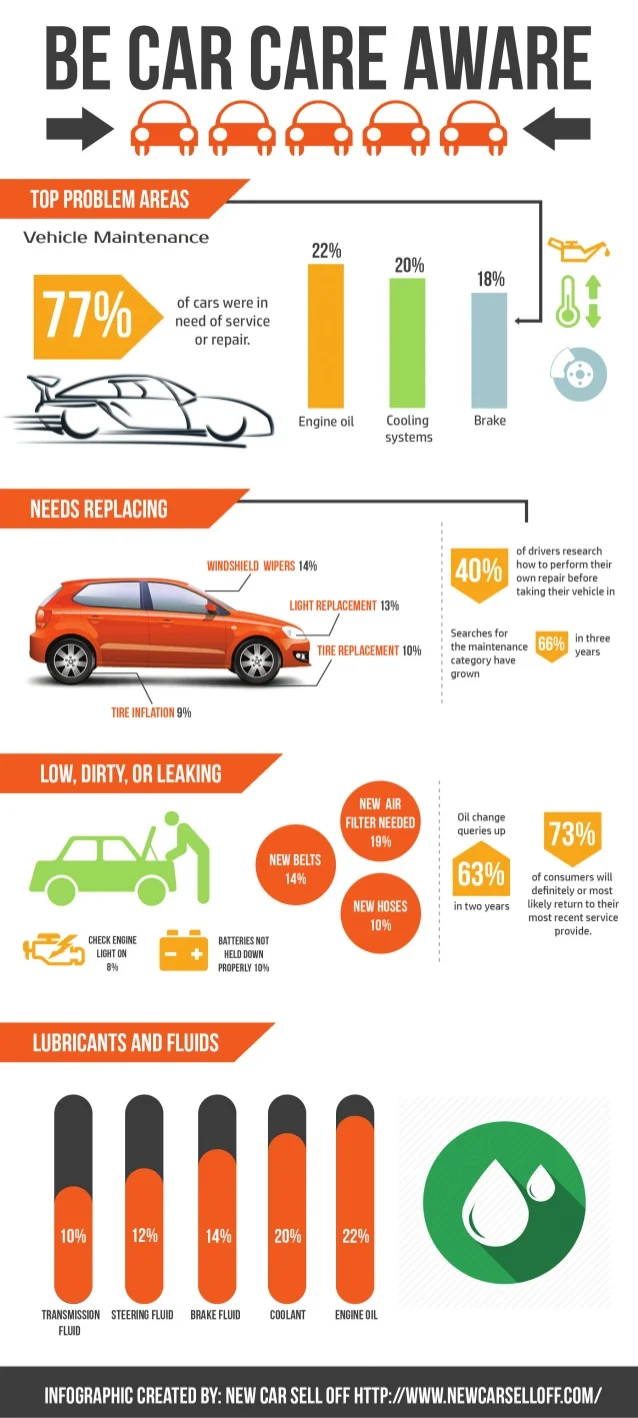Seeking Clarity On The Caution Lights Showed On Your Vehicle'S Dashboard? Find Out Exactly How They Connect To Your Vehicle'S Health And Safety
Seeking Clarity On The Caution Lights Showed On Your Vehicle'S Dashboard? Find Out Exactly How They Connect To Your Vehicle'S Health And Safety
Blog Article
https://oil-near-me63840.luwebs.com/30868954/are-you-contemplating-the-importance-of-automobile-describing-in-connection-with-your-automobile-s-resale-worth -Samuelsen Alvarado
When you lag the wheel, those radiant warning lights on your control panel can be a bit complicated. Do you recognize what they're trying to tell you concerning your auto's health? Understanding the significance of these lights is vital for your safety and the longevity of your vehicle. So, the next time one of those lights turns up, wouldn't you wish to analyze its message precisely and take the essential steps to resolve it?
Common Caution Lights and Interpretations
Identify usual caution lights in your cars and truck and comprehend their meanings to make sure risk-free driving.
The most regular warning lights include the check engine light, which signifies problems with the engine or discharges system. If this light comes on, it's important to have your car checked promptly.
The oil stress alerting light suggests reduced oil pressure, requiring immediate focus to prevent engine damage.
A flashing battery light may suggest a damaged billing system, possibly leaving you stranded otherwise addressed.
The tire pressure tracking system (TPMS) light notifies you to reduced tire stress, impacting automobile security and gas performance. Overlooking this might result in risky driving conditions.
The abdominal muscle light indicates an issue with the anti-lock stopping system, compromising your ability to stop quickly in emergencies.
Lastly, the coolant temperature warning light warns of engine getting too hot, which can cause serious damage otherwise solved swiftly.
Understanding these usual warning lights will aid you attend to problems quickly and preserve secure driving conditions.
Importance of Prompt Interest
Understanding the typical warning lights in your automobile is only the initial step; the value of immediately dealing with these cautions can not be emphasized enough to guarantee your security on the road.
When a caution light illuminates on your dashboard, it's your car's means of communicating a possible concern that requires attention. Neglecting these cautions can lead to much more extreme troubles later on, compromising your security and possibly costing you a lot more in repairs.
Motivate interest to alerting lights can avoid failures and accidents. As an example, a flashing check engine light might show a misfire that, if left ignored, can trigger damages to the catalytic converter. Addressing this quickly can conserve you from a pricey repair service.
Likewise, a brake system cautioning light could signify reduced brake fluid or used brake pads, critical parts for your safety when driving.
Do It Yourself Troubleshooting Tips
If you see a caution light on your control panel, there are a few DIY troubleshooting ideas you can try before looking for professional aid.
https://carecutuning17394.blogscribble.com/30345336/revealing-the-keys-of-a-first-class-vehicle-service-center-experience is to consult your auto's guidebook to recognize what the certain warning light suggests. Sometimes the problem can be as easy as a loose gas cap setting off the check engine light. Tightening the gas cap may resolve the trouble.
Another usual concern is a reduced battery, which can trigger various advising lights. Checking the battery links for deterioration and guaranteeing they're secure may deal with the problem.
If a warning light lingers, you can try resetting it by disconnecting the vehicle's battery for a few minutes and after that reconnecting it. Additionally, examining your lorry's fluid levels, such as oil, coolant, and brake liquid, can help fix alerting lights related to these systems.
Final thought
Finally, understanding your vehicle's caution lights is essential for keeping your vehicle running efficiently and securely. By immediately attending to these notifies and recognizing what they suggest, you can stay clear of expensive fixings and prospective malfunctions.
https://www.winknews.com/2022/04/29/woman-hits-the-brakes-on-car-repair-runaround/ in mind to consult your car's manual for certain information on each alerting light and take action accordingly to ensure a hassle-free driving experience.
Remain informed, remain risk-free on the road!
